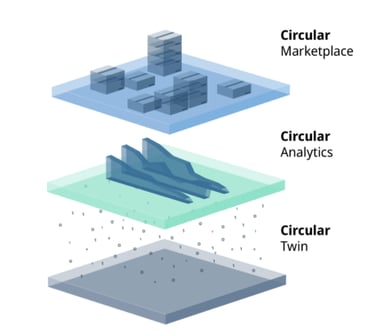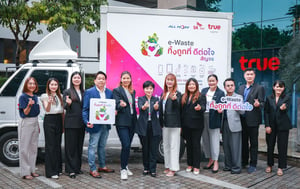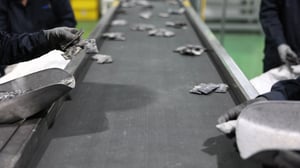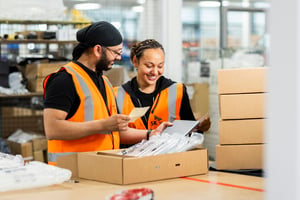SK tes is investing in the circular economy platform Circunomics, to extend operations within battery lifecycle management.
The ever-increasing volume of e-waste is challenging the recycling industry, but it’s also creating new opportunities. Specifically, in the battery industry, where the demand is increasing immensely given the rise of e-mobility and renewable energy.
In the next 10 years, the global demand for Li-ion batteries demand due to electric vehicles will increase significantly, could grow by over 30% annually from 2022 to 2030, when it would reach a value of more than $400 billion and a market size of 4.7 TWh (according to the McKinsey report).
Automotive Original Equipment Manufacturer (OEMs) will need to take back those batteries earlier than planned, when they can have a remaining useful capacity of up to 80%, these used EV batteries can then go on to maintain up to another 15 years in energy storage systems (ESS).
SK tes is pursuing a circular lifecycle approach with recycling and second life in battery/energy storages to prevent waste of used batteries in landfills. The key ingredient in this circular economy approach: Battery lifecycle data.
Why is battery lifecycle data so crucial in realizing a circular economy?

Currently, second life energy storage systems are only being realized in one-to-one projects. SK tes wants to extend the use of second life ESS and overcome some of the barriers connected to second life: the effort in matching the supply and ESS requirements, reliability risk, physical testing cost, and uncertainty in supply.
To implement second life ESS on a large scale with long-term planning, transparency of the batteries’ lifecycle is fundamental as it reduces these issues significantly. Real-time battery data about contained raw materials, state of health and condition enables efficient matching, makes physical testing superfluous and mitigates the associated risk in using second-life batteries.
Moreover, the lifecycle data gives insights about the future amount of returning batteries and more precisely their end-of-life point, creating long-term planning opportunities and safety.
With data of each battery, the material streams can be retraced and planned with foresight – improving afterlife processes. SK tes’s new partnership with the circular economy platform Circunomics is a huge step in this direction.
Managing batteries over their whole lifecycle with foresight by using data and artificial intelligence is core for controlling the impact of batteries and making the industry circular. Circunomics capabilities are therefore the foundation for a circular transformation of the battery economy.
Thomas Holberg, Global Vice President, SK tes Sustainable Battery Solutions
------------------------------------------------------------------------------------------------------------------------------
About Circunomics
Circunomics is recording battery data from first life to second life to recycling. The data stored in tamper-proof circular twins is the headstone for predictive analytics and a marketplace for second-life batteries and materials. Enabling to find the right afterlife use cases, tendering used batteries safely, automating processes and decreasing risk and cost. In this way, the vision of a circular battery economy becomes a reality.
Circunomics’ team, based in Frankfurt, consists of ten digital technology and circular economy experts with founder experience, combining knowledge from a.o. the University of Rotterdam, Eindhoven University of Technology, RWTH Aachen, and TU Darmstadt.

The Founders of Circunomics (Cesar Prados, CTO; Patrick Peter CEO; Sebastiaan Wolzak, COO from left to right) © Miga and Mike.
Find out more: www.circunomics.com
Sources:
- World Economic Forum; Global Battery Alliance (2019): A vision for a sustainable battery value chain in 2030: Unlocking the full potential to power sustainable development and climate change.
- Boston Consulting Group. (2020): The case for a circular economy in electric vehicle batteries. Boston Consulting Group. https://www.bcg.com/de-de/publications/2020/case-for-circular-economy-in-electric-vehicle-batteries
- JRC European Commission (2018): Li-ion batteries for mobility and stationary storage applications: Scenarios for costs and market growth. https://doi.org/10.2760/87175
See how SK Tes can help you today





